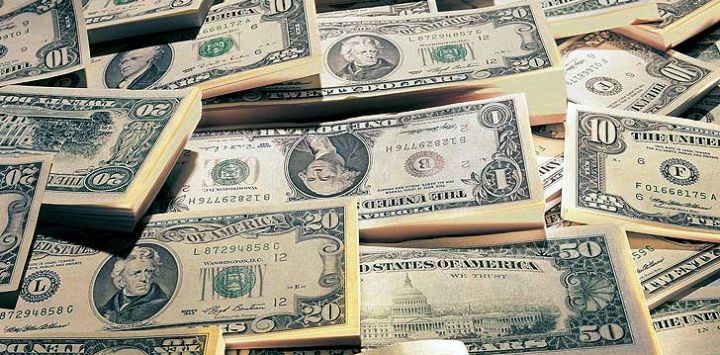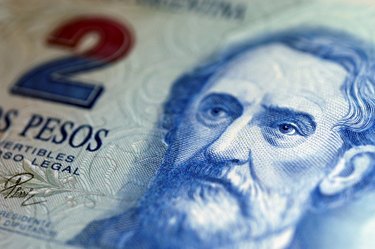



Ī piece of eight from the Potosí mint, showing the Pillars of Hercules with "S" ribbons, and two "PTSI" monograms at about 4 and 8 o'clock around the edge. However, there are documents showing the common use of the two-stroke version in Portugal already by 1775. A study of late 18th- and early 19th-century manuscripts shows that the s gradually came to be written over the p, developing into a close equivalent to the "$" mark. One theory holds that the sign grew out of the Spanish and Spanish American scribal abbreviation "p s" for pesos.There are currently several competing hypotheses: It is still uncertain, however, how the dollar sign came to represent the Spanish American peso. The $1 United States Note issued by the United States in 1869 included a large symbol consisting of a "U" with the right bar overlapping an "S" like a single-bar dollar sign, as well as a very small double-stroke dollar sign in the legal warning against forgery. The first occurrence in print is claimed to be from 1790s, by a Philadelphia printer Archibald Binny, creator of the Monticello typeface. dollar coins did not have any dollar symbol. dollar, defining it to have "the value of a Spanish milled dollar as the same is now current" but a variety of foreign coins were deemed to be legal tender until the Coinage Act of 1857 ended this status. With the Coinage Act of 1792, the United States Congress created the U.S. Those coins provided the model for the currency that the United States adopted in 1792, and for the larger coins of the new Spanish American republics, such as the Mexican peso, Argentine peso, Peruvian real, and Bolivian sol coins. The symbol appears in business correspondence in the 1770s from Spanish America, the early independent U.S., British America and Britain, referring to the Spanish American peso, also known as " Spanish dollar" or "piece of eight" in British America. History Use for the Spanish American peso in the late 1700s In most English-speaking countries that use that symbol, it is placed to the left of the amount specified, e.g.
#AU DOLLAR TO PHP PESO CODE#
The Unicode computer encoding standard defines a single code for both. The one- and two-stroke version are often considered mere stylistic ( typeface) variants, although in some places and epochs one of them may have been specifically assigned, by law or custom, to a specific currency. In countries that have other currency signs, the US dollar is often assumed and the "US" prefix omitted. The sign is also used in several compound currency symbols, such as the Brazilian real (R$) and the United States dollar (US$): in local use, the nationality prefix is usually omitted. The explicitly double-barred sign is called cifrão in Portuguese. The dollar sign, also known as peso sign, is a currency symbol consisting of a capital " S" crossed with one or two vertical strokes ( $ or depending on typeface), used to indicate the unit of various currencies around the world, including most currencies denominated " peso" and " dollar".


 0 kommentar(er)
0 kommentar(er)
